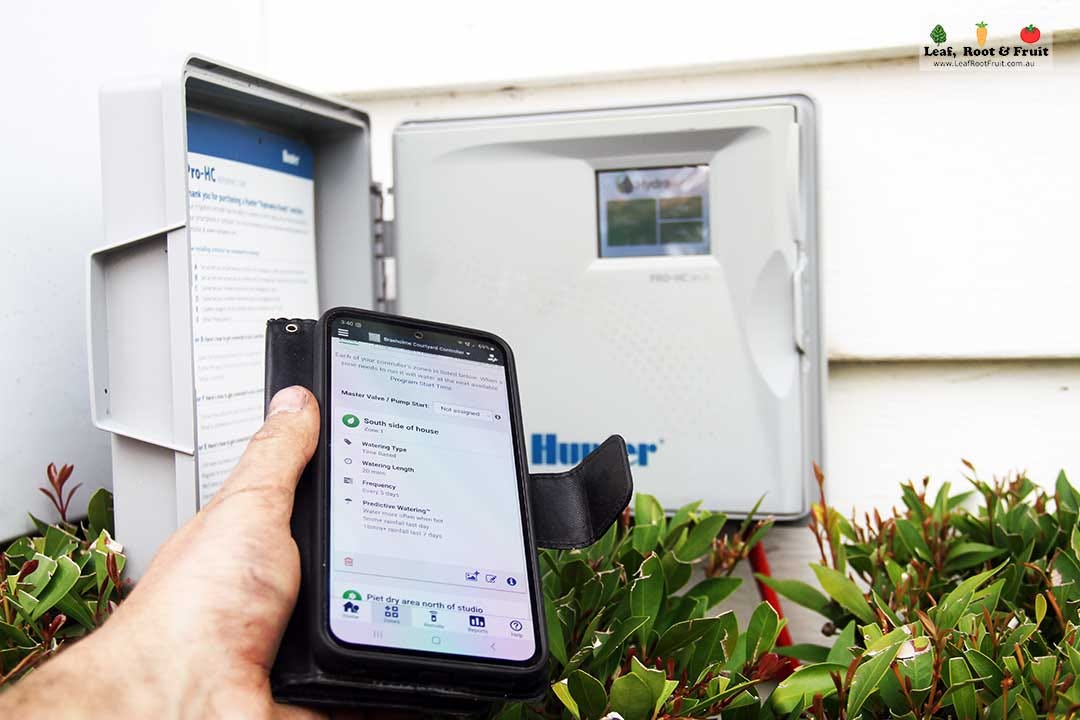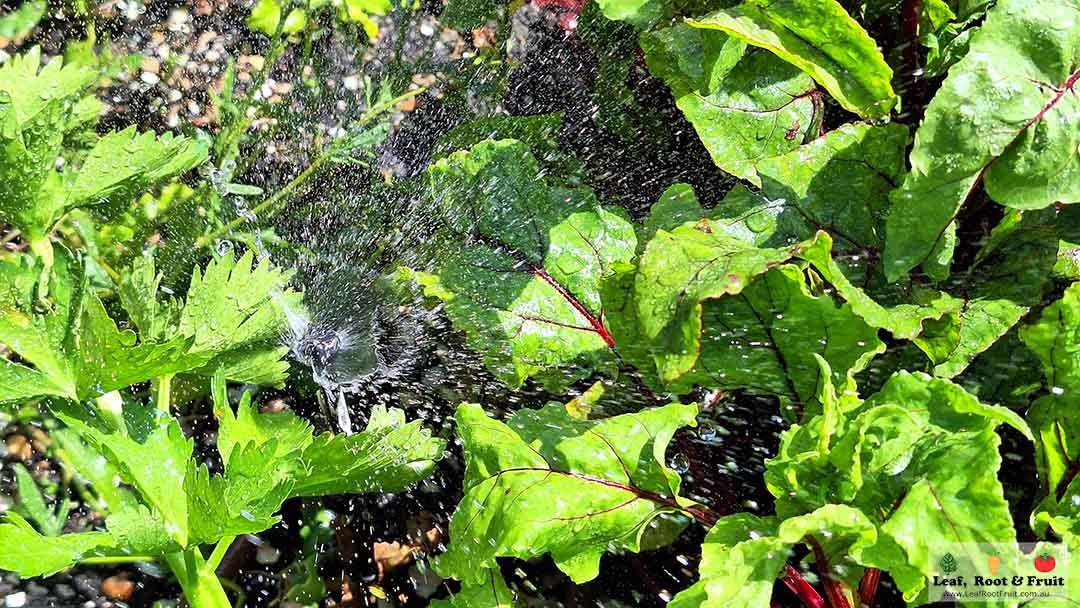Vegetable Patch Watering and Irrigation Systems
Part Sixteen of the Vegetable Patch from Scratch Series
All plants need water. Plants vary in their irrigation needs, but they all need water. How much irrigation your plants need depends on many factors including:
the species (and perhaps variety)
how well established they are
climatic conditions.
Rainfall is sparse at times in temperate climates such as south-eastern Australia’s. Rainfall over summer is not usually high enough for vegetables to grow without irrigation. Therefore, they must be watered.
Hand watering
Don’t under-estimate the benefits of hand watering. It allows you to deliver water exactly where it is needed, and to manage the irrigation requirements of individual plants. Hand watering also ensures that you are checking your plants daily, meaning you are more likely to spot pest and disease problems, notice plant developments such as new flowers, and observe when produce is ripe and ready for picking.
Hand watering is easily enough done with a hose or watering can. Avoid watering the foliage of plants – aim to water the soil directly. Watering in the morning rather than the evening can help reduce humidity around your plants, which is a good thing. The high humidity and cooler weather in autumn invariably leads to outbreaks of powdery mildew on the leaves of cucurbits such as zucchini. Avoiding wetting of the leaves may prolong the productive life span of plants by a few weeks.
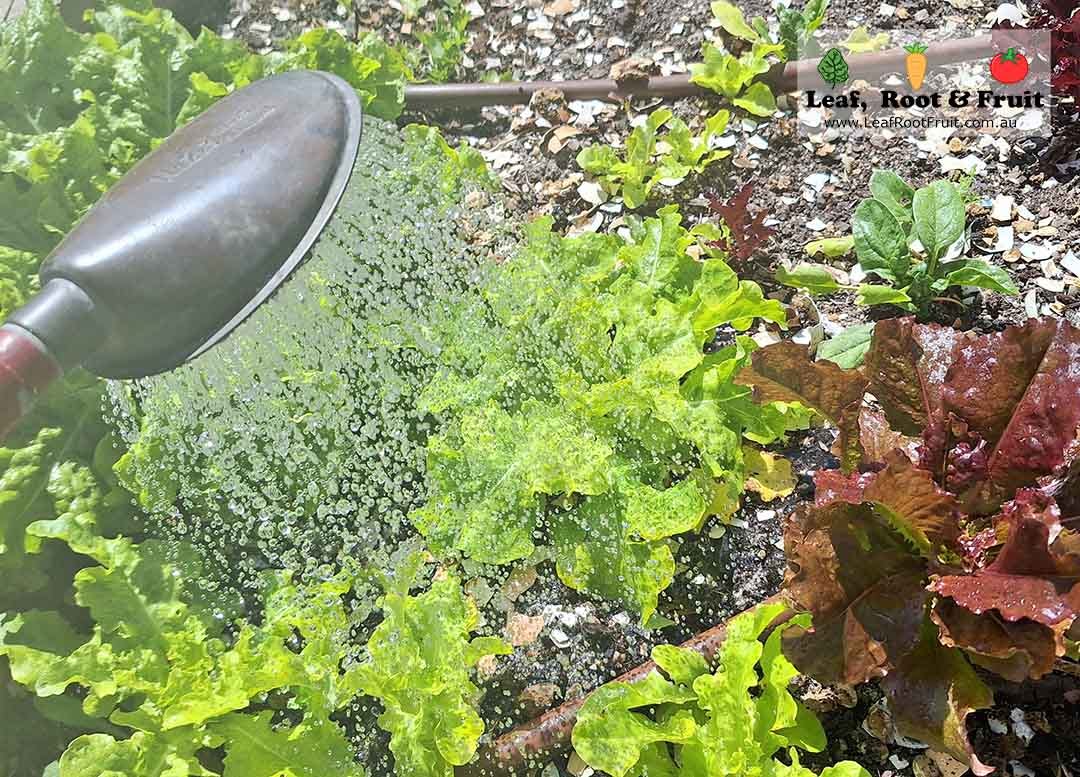
Hand watering is not always possible, and sometimes an automatic irrigation system is a better choice for people with busy lives, or at least when you go away on holidays.
Installing an irrigation system
Installing your own irrigation system may seem daunting, but it can be relatively straightforward.
It is important to understand that unless you are working with a tap timer design, a plumber is legally required to install some aspects of your irrigation system. A back flow valve, installed by a licenced plumber is essential for most areas that I am aware of.
It’s best to double check any plumbing-related legal requirements with your local water authority.
Things to avoid when installing irrigation systems:
Using garden hose and/or garden hose fittings. These are weak and liable to blow off under the mains pressure, or pressure from any decent pump.
Using low-density poly pipe to join any components between the water mains and the isolation valves.
Controllers and solenoid valves vs tap timers
A cheap option for automating your vegetable patch irrigation is a tap timer. These come in various degrees of quality and user friendliness. One advantage of tap timers is that they are cheap and are easy to install. The main drawback is that they are prone to fail. Cheap tap timers tend to fail more quickly than the more expensive versions, but they do all seem to fail at some point. When a tap timer fails it floods the system.
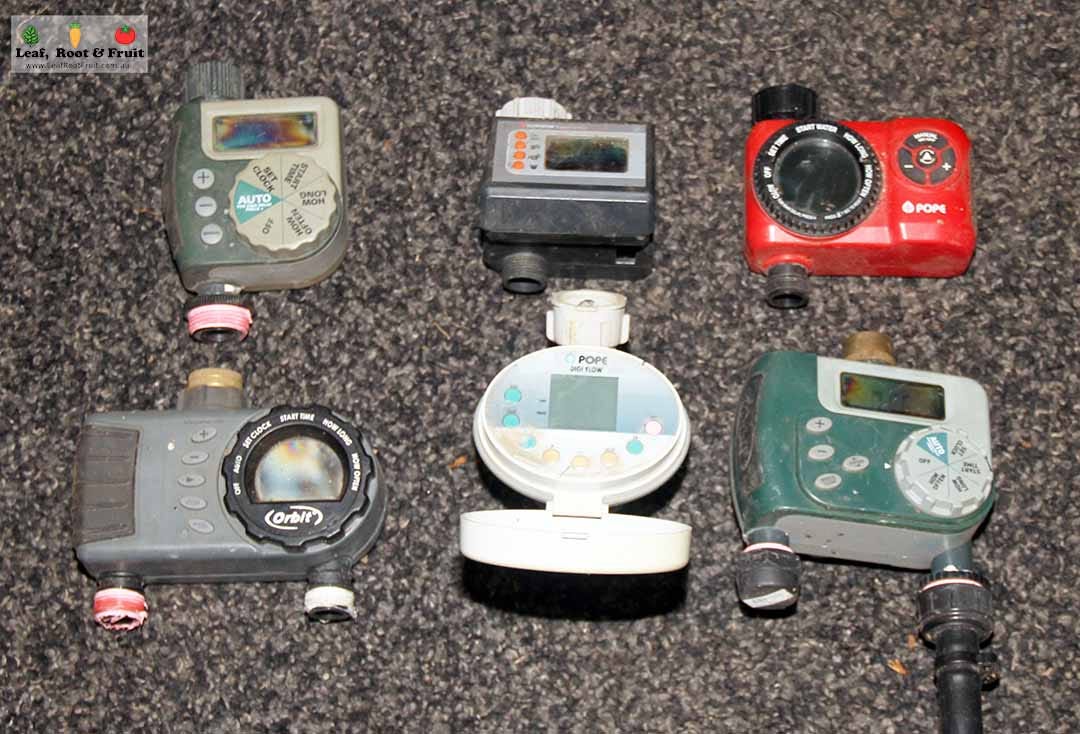
A better alternative is a solenoid valve. In layperson’s terms, this is a tap operated by electricity, although it doesn’t look like a conventional garden tap. The valve is opened via a small current of electricity that travels across the solenoid. When the current is turned off, the valve automatically closes. In this way, a solenoid valve that fails will not open.
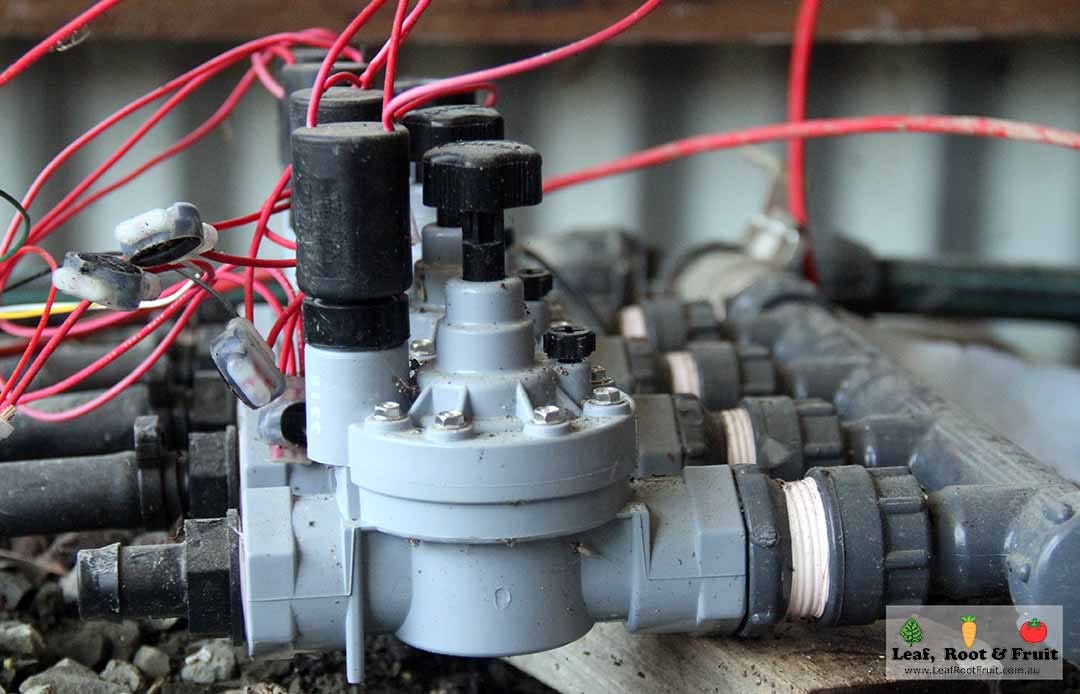
Irrigation controllers
There are an overwhelming number of options for irrigation controller systems. In the past 10 years, irrigation controllers have gone through a huge developmental and improvement phase. As standard, you should now consider installing a controller that has wi-fi connectivity.
